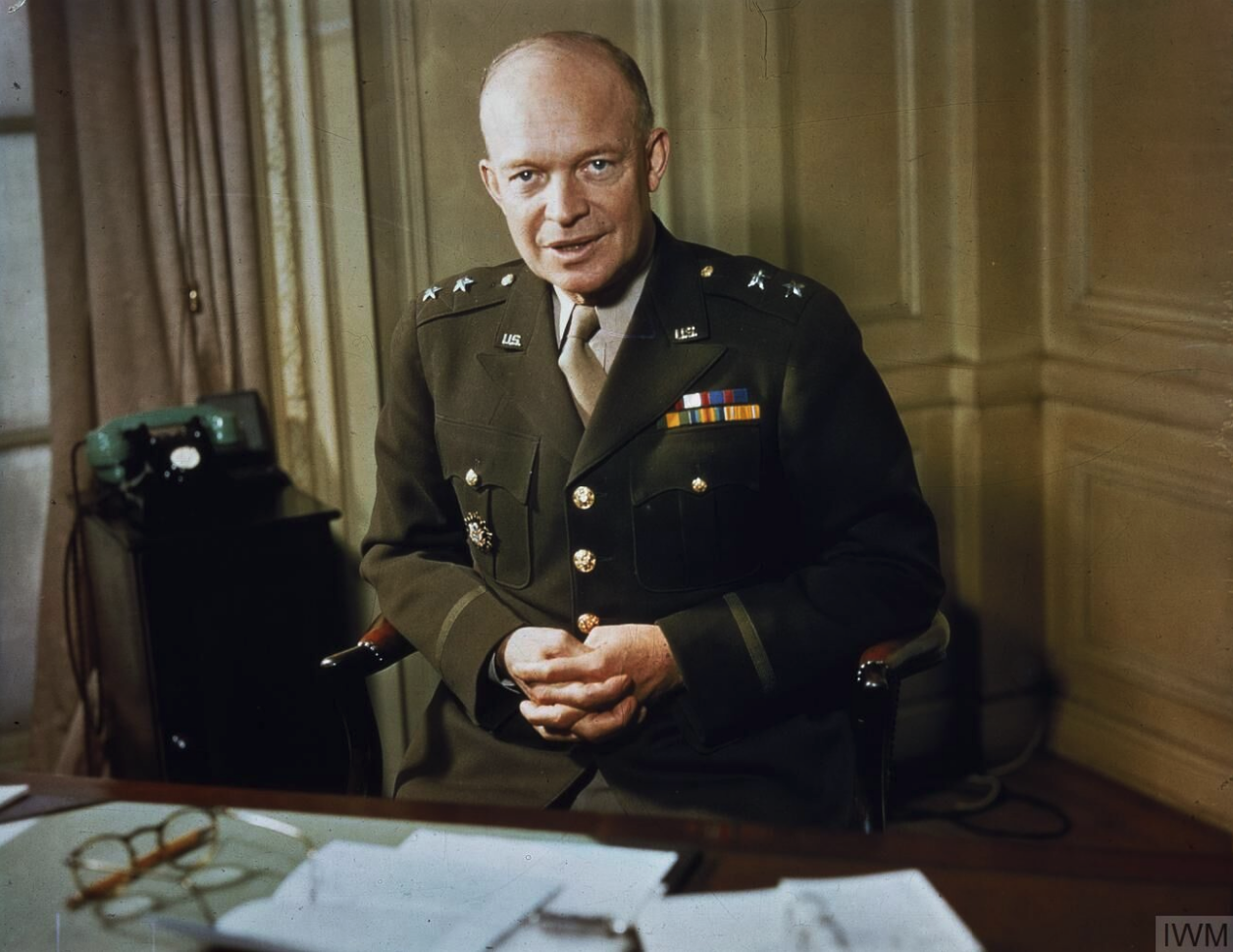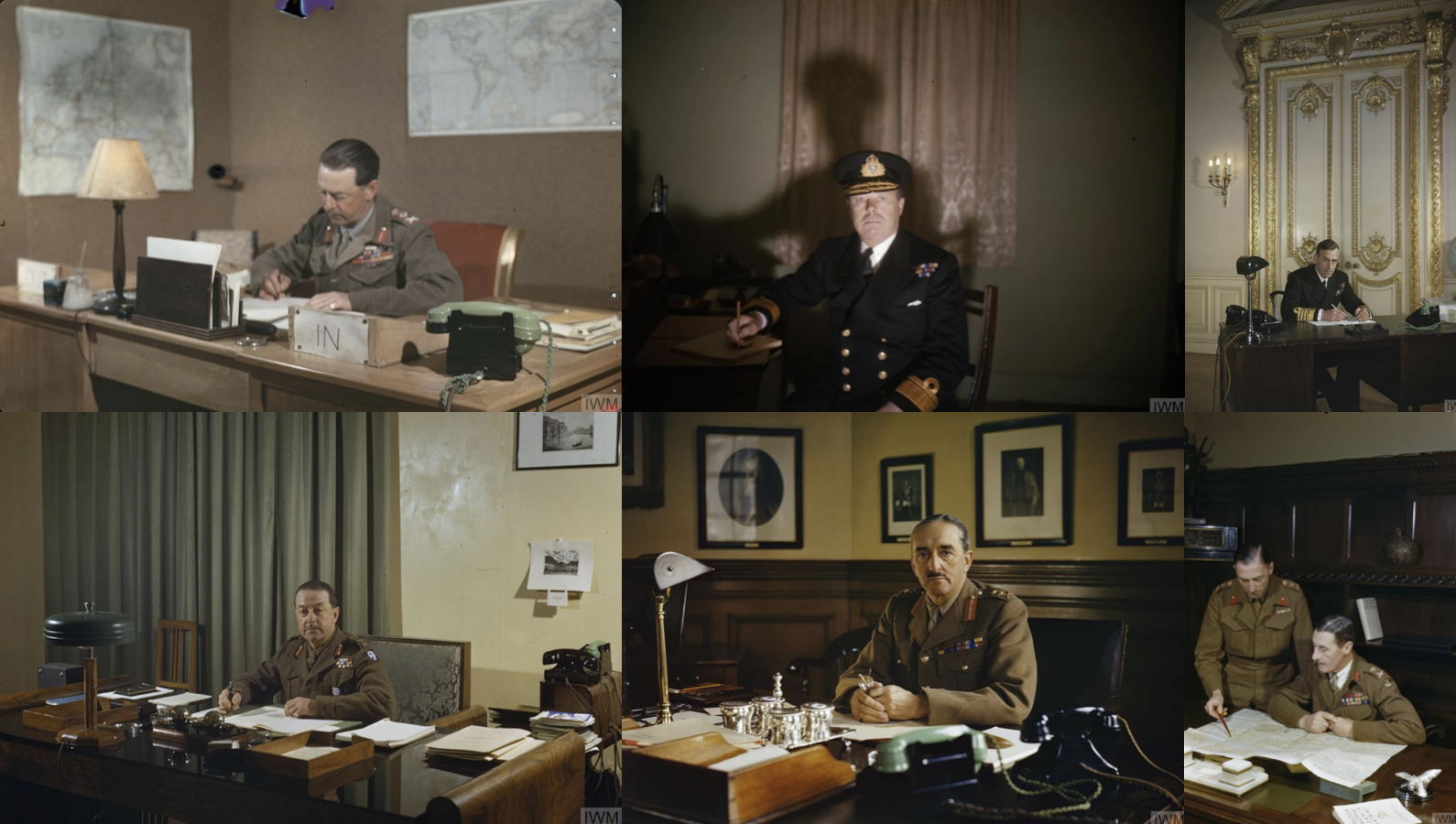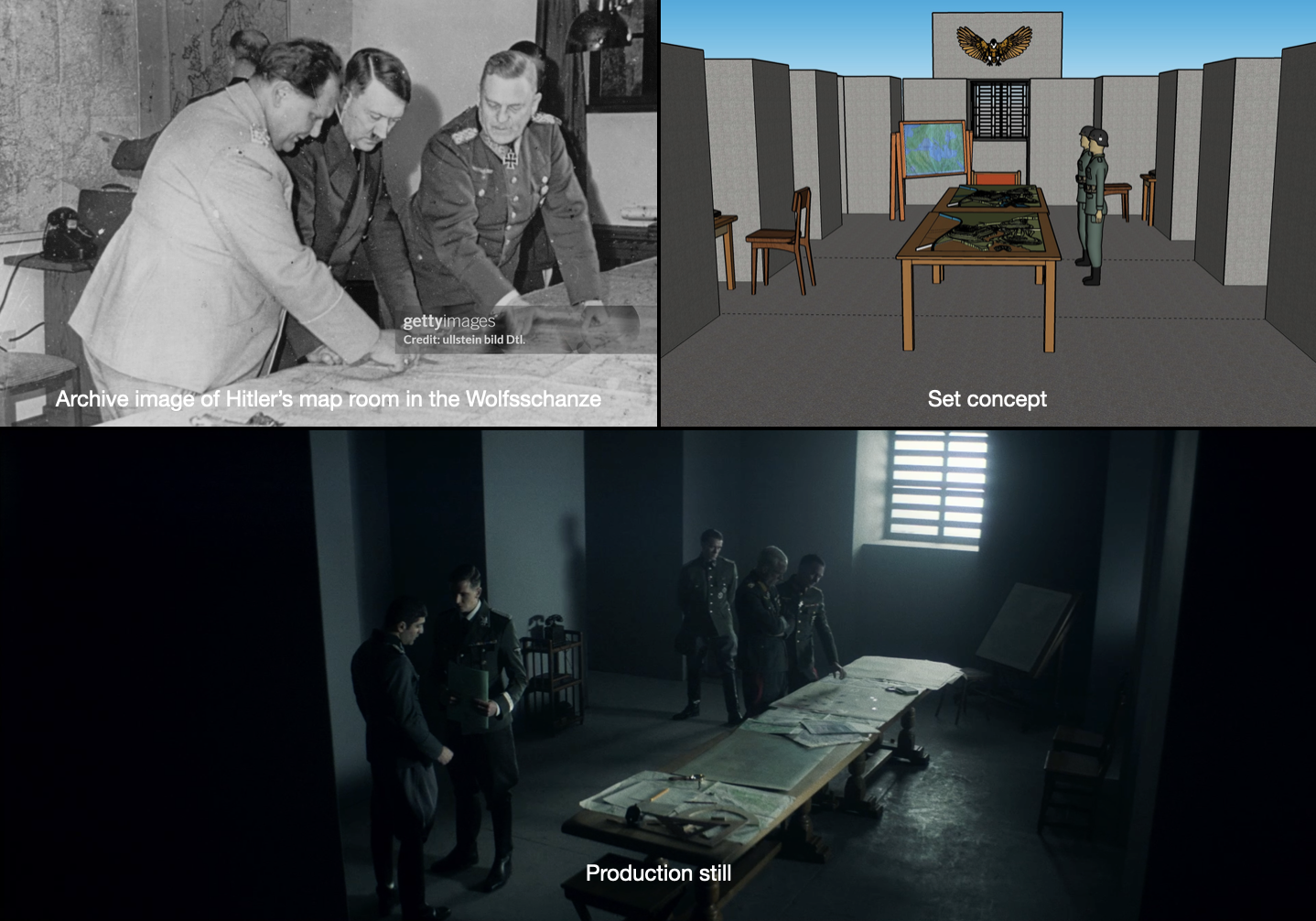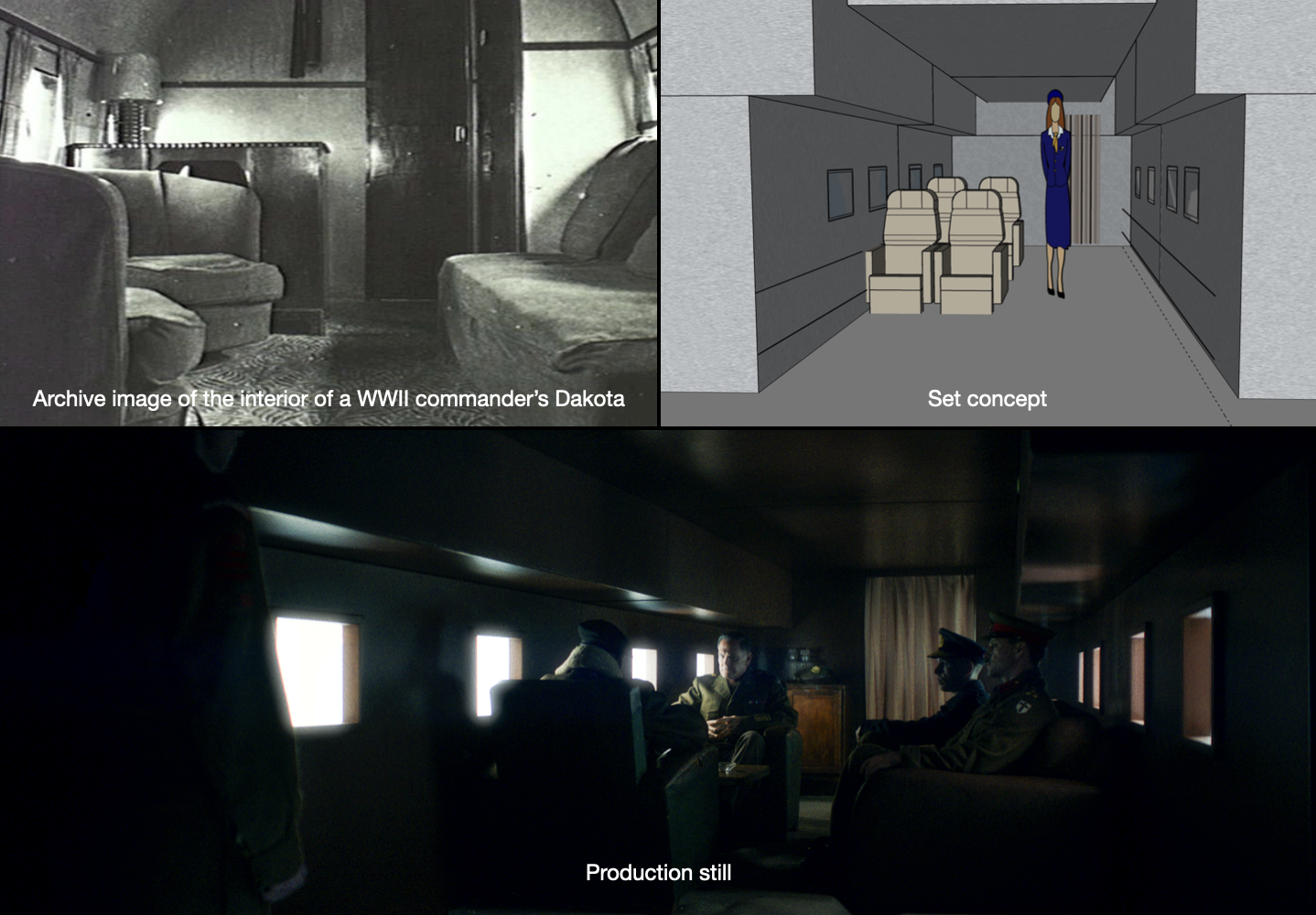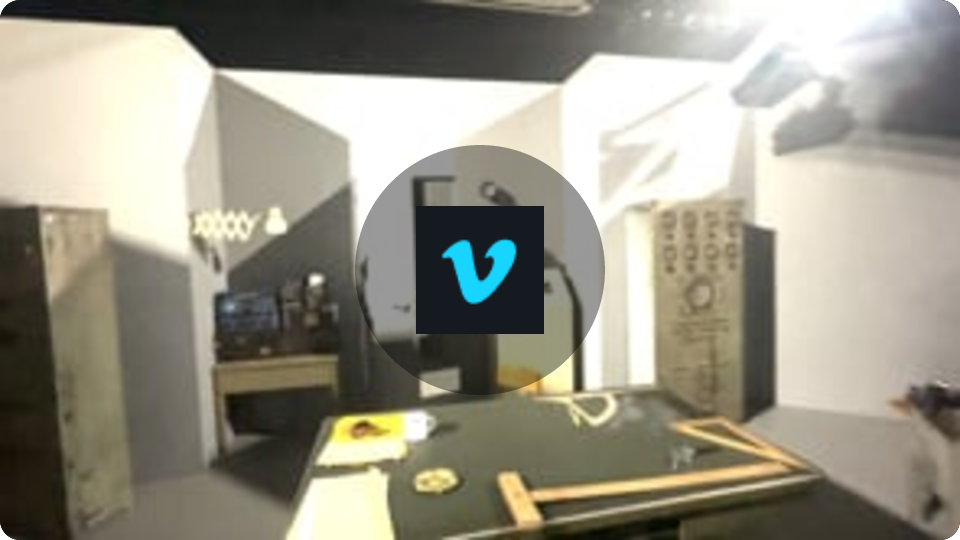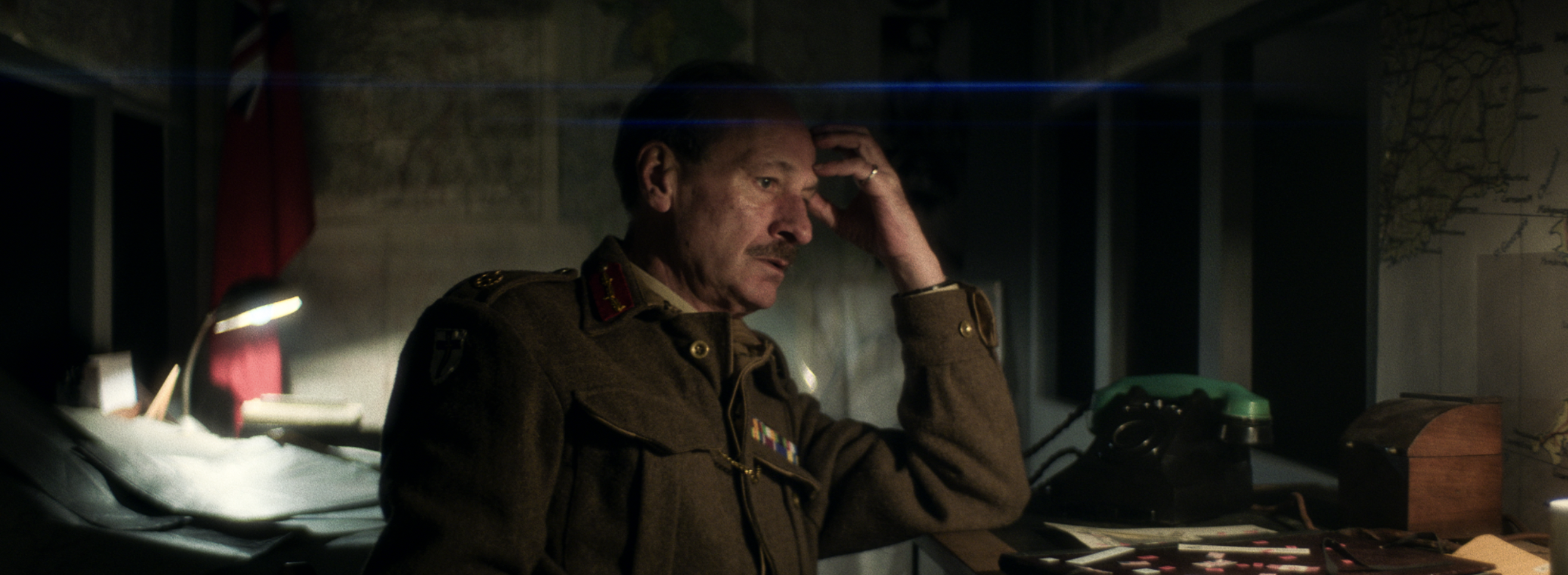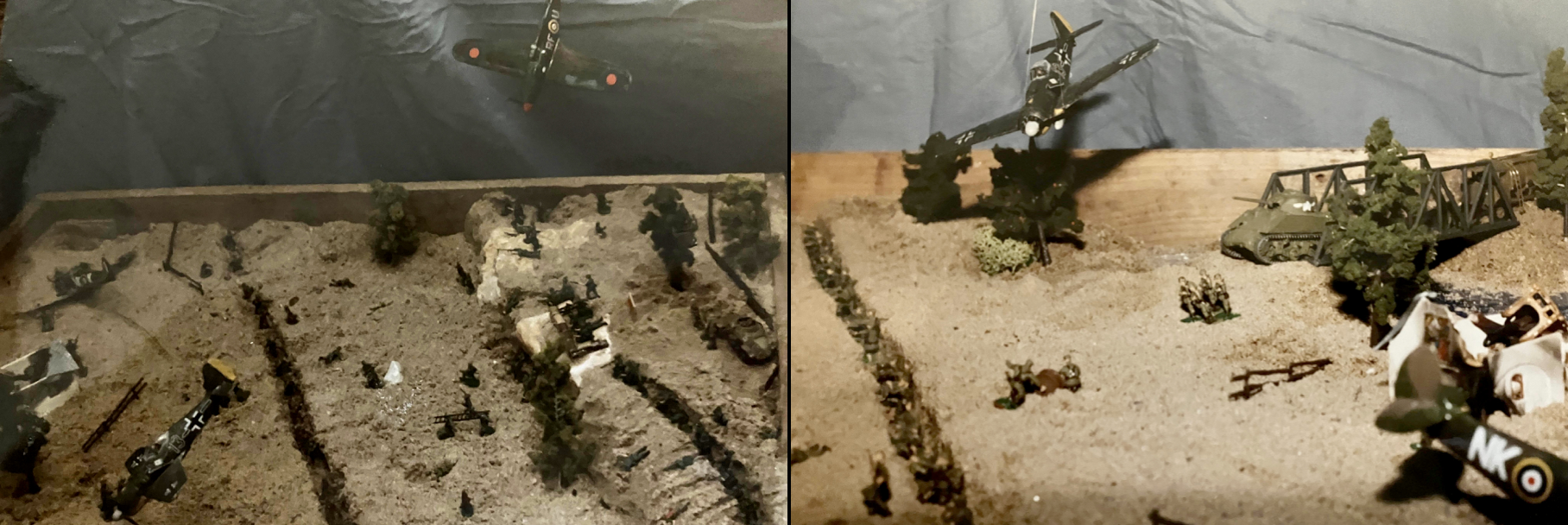BEHIND 'HET GROTE OFFENSIEF' 2/3 🪖🎥
"Tag team, back again, check it to wreck, it let's begin." Tag Team - Whooomp! (there it is) Before I begin with newsletter no. 2 I want to express my amazement when finding out that Tag Team supposedly doesn't actually rap "Whoooomp that ass!" in the chorus. I would swear that was the title of the track and content of the chorus. In stead "Whoooom! (there it is)" is the official title, and in the music video they even feature t-shirts with that on it. But look closely and check the lyp sync of literally everyone in the video yourself: NO ONE does not rap "Whooomp that ass!" I find that pretty funny. With that being said, let's take it back to World War II. I got quite some nice feedback on my first newsletter, so pretty excited to dive even deeper in the making of Het Grote Offensief. Episode 2 will be aired this Sunday September 14 at 21.20hrs, again at NPO1. And for all y'all millenials and younger subscribers amongst my readers, it's already streamable in its entirety via NPOStart. All three episodes, on demand like an Uber. Just sayin'. For this one we dive one visual layer deeper into the project: the interior studio sets. We faced quite a tough challenge since on paper we had something like 50 or 60 different locations and only a mere 13-day shoot. And that included locations like the Wolfsschanze (Hitler's bunker complex in Poland), a number of French palaces in which the Allies installed their HQ's, the interior of Eisenhower's Dakota DC-3 private jet, and artillerie bunkers along the coast of Zeeland, to name a few. Not the easiest locations to find or combine in a clever transport and shooting schedule. So we did the following: we decided to skip (almost all) exteriors and focus only on what happened inside these headquarters. This way we already slayed a number of locations, and then I made another decision to decimate the number even more. In reality guys like Eisenhower, Montgomery or Von Zangen had headquarters on different locations during the timeline of our story. But in the end they all came down to the same: mansions, palaces, or fields that in an abstract world all look alike. And so we decided to embark on a path of abstraction. Basicly like the interiors of the small handcrafted houses we already would see on our scale model of Zeeland I spoke about last week. I was encouraged to take this route by again something I found in the absolutely great archive of the Imperial War Museum. I was searching for a reference for the office of Eisenhower and typed in "Eisenhower" and "desk". The result was the following:
Bam. There he is. Ike like he was portrayed just yesterday. A picture filled with beautiful details (the glasses, the pencil, that weird green phone to which I will get back later). And not colorized, but really shot in color. With a hard flash, making it look so dramatized. And like a gold digger who stumbles upon the start of a vein of gold I search deeper only using the search term "desk". And then I struck gold: a fascinating series of portraits of allied commanders behind their desks:
Look closely at the styling details, the color schemes, the materials, the lighting, the walls and how the light bounces off of it. A lot of them already looked like simple sets. In the back of my mind I heard The Mandalorian: "This is the way". Both for me and for production designer Arne Leddy this abstract was one we had never walked before. So of course you try to get grip on what you're doing and turn to film history, although I didn't want it to look like anything else. First thought was: it shouldn't be like Dogville. We loved the stylized look of the interior sets of the Jean-Pierre Melville flick Army of Shadows, but in a way they still felt too real and rich in detail. I wanted the sets to be just physical backdrops and not draw too much attention to themselves. The beautifully shot Coen Brothers film The Tragedy Of Macbeth also came along, but when we looked into that project the scale of the sets and VFX work gave us weak knees. Could we even do tis? It wasn't until I found the totally-bonkers-and-fully-conceptual film Mishima, A Life In Four Chapters shot in 1985 by Paul Schrader (yes, the writer of Taxi Driver). Such a bold and rich film, so daringly directed with a unapolegetic experimental approach to the biopic genre. Combining all kinds of frame ratios, color and black and white, real locations and deeply stylized studio work into a frentic depiction of a luncatic/genious Japanese artist's life. Yes, it was possible to do it. Encouraged by this Arne drew up a system that consisted of a set pillars of 3 meters high, 1,5 meters deep and 1,5 meters wide. These were our building blocks, like the ones you give to a three year old to build something, but then really big. Combined with a painted studio floor this would enable us to build every location we needed. We decided on two colors: a deep brown that would turn into our Allied locations and a cold grey that would turn into our German bunker-like locations. And then we could also combine some, since for instance in The Netherlands the German HQ's were also located in estates. So that means:
And, very important, encouraged by Mishima we decided that the sets didn't need ceilings. We thought it would be cool if the sets would have hard edges, as long as we would only see black above them and the windows would have daylight coming through. That sounds easy, but resulted in some heavy brain gymnastics for Arne and his team and put even more pressure on Director of Photography Rutger Storm and gaffer Bob Wouters. But everybody fully embraced this weird concept and made it look so beautiful. For some locations I've put together some archive images, visualisations by Arne and some production stills so you can see behind our process. Ike's office
Hitler's Wolfsschanze
Montgomery's Headquarters This one needs some more words. Starting from his operations in the North-African desert in 1942 Montgomery had his headquarters in three caravans which he took wherever the war took him. One for sleeping, one with his office, and one filled with maps which was called the 'map lorry' and in which he did all his strategic planning and briefings. We only built the last one.
HMS Kingsmill bridge
Allied Versailles Headquarters
Eisenhower's Dakota DC-3
We had no time or means to really prep this in full detail, so to be honest, before Arne and his team started building these sets I had no idea if it would work. So here's a small clip I shot when I walked into the first set we shot this way: the HMS Kingsmill bridge. Which was one of the scariest, since it was maybe the hardest to actually believe in.
Almost finished! I have just two more things to share for now. First is that green phone I found in the photos of the commanders behind their desks. A detail I would have never found on black & white photos. I was intrigued by it, and wanted to know what it was. Turned out it was one of the first encrypted communication systems, used by the Allied commanders to keep their conversations safe. True story. So of course we had to have one on set.
And last but not least, due to my previous newsletter my mom dived into some old boxes with photos and managed to dig up some old pictures of my own scale model I've told you about. I was amazed to see it again after all these years. Brings back a lot.
And it is with this that I leave you to the weekend. Do something nice, chill a bit, take care of yourself. ❤️
|

You’re on this mailinglist because I like you.
Subscribe to get future newsletters.
